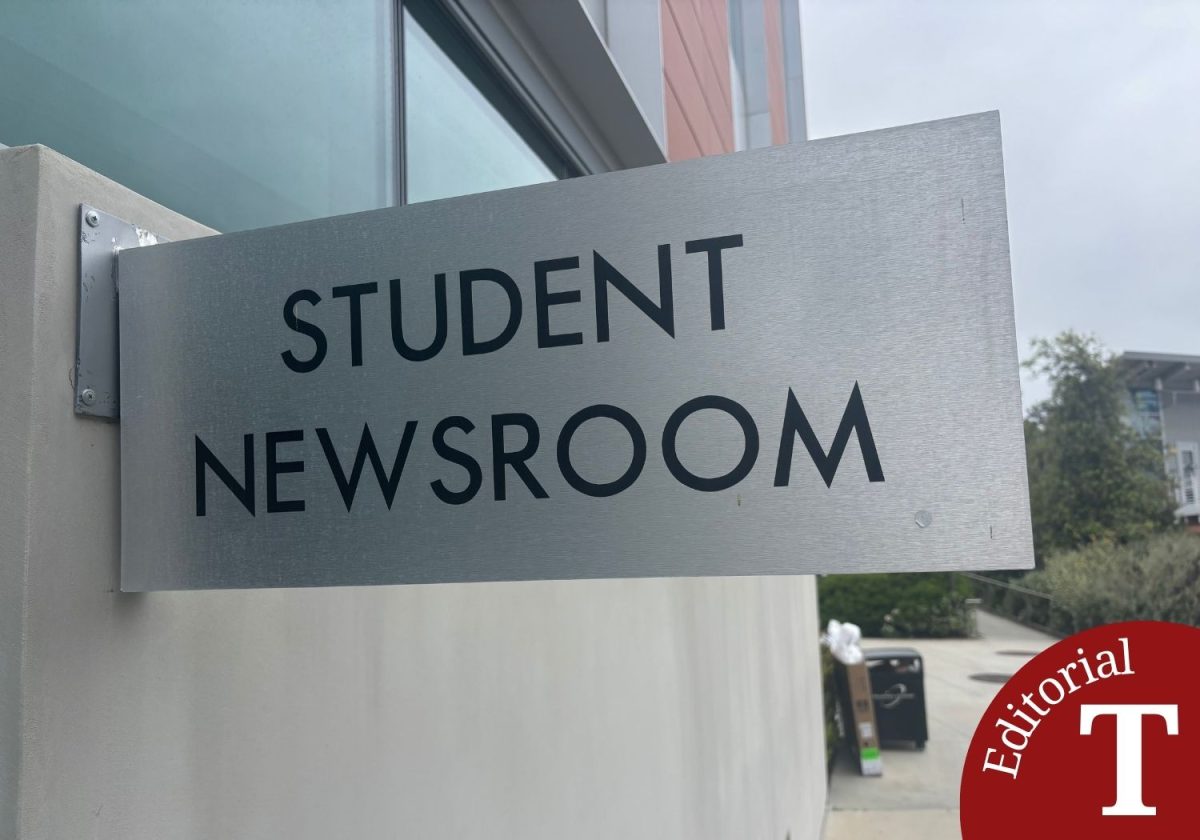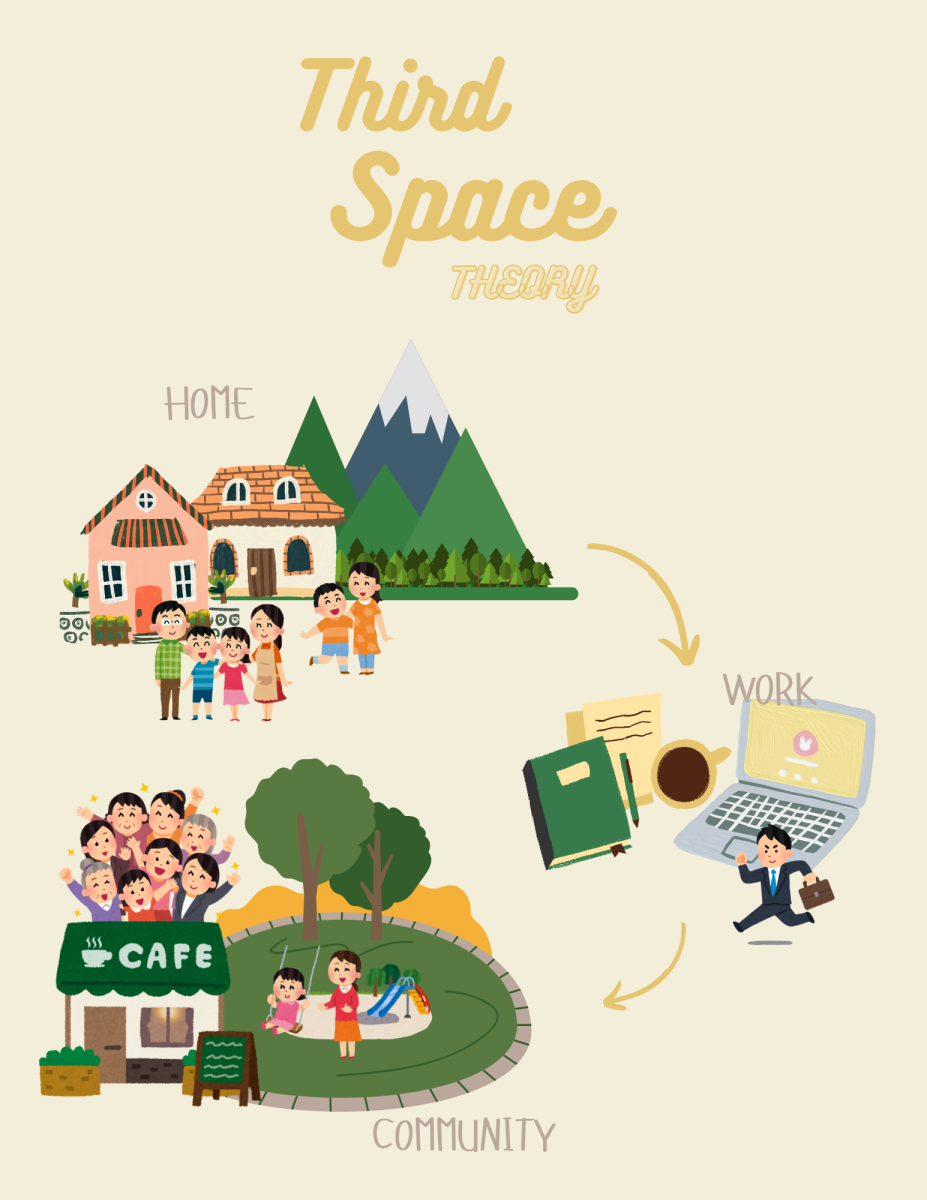¿Puedes leer esto?
Could you read that? Did you understand it? If the answer is yes, it’s likely that you can grasp some of the Spanish language and are, at the very least, bilingual.
The benefits to multilingualism are plentiful. The ability to communicate in multiple languages is a valued attribute when it comes to looking for jobs, especially in multicultural areas like Southern Cali- fornia. In addition to professional advantages, speaking a second language enhances you in both mental and social aspects. Being able to speak two languages can broaden the horizons of who you can communicate with, the cultures you’re exposed to and even strengthen the cognitive muscles in your brain.
Despite these benefits, there is a controversy for promoting multilingualism in the United States, even though there is no official language in the country. In the 20th Century, the push against people learning more than one language was due to the fact that it was thought to interfere with the complete understandng of one’s native language and thus hindered a person’s chance of success in their own society.
Studies during this time showed that being able to think in different languages created a ‘cognitive over- load’ that bogged down the brains functioning power, and linked bilingualism to a lower intelligence level. Most of the detractors to bilingualism seem to think that to promote the learning of a language in addition to English would detract from English itself.
However, in this current century, these studies have since been discredited, due to the fact that they did not create an equal testing environment for monolingual and bilingual students, often failing to take the socioeconomic factors into consideration.
Ellen Bialystok, a professor of psychology at York University in Toronto, conducted research that found that having the capacity to process different languages actually improves multitasking skills. Further testing by Bialystok and her colleagues also found that bilingualism can help combat and delay the onset of Alzheimer’s disease later in life, as it helps how your executive control system handles and reacts to the need for quick decision making.
As it stands now, according to the National Center for Educational Statistics, 21 percent of school-aged children speak a language other than English at home. That number of bilingual speakers is projected to increase in the coming years. Living in a state like California, you’ll often see or hear languages other than English as you go about your day.
The drawback of being monolingual is that you are not able to understand what is said or written in other languages, and that can create a confusion that can lead to misunderstandings and poor communication between you and your classmates or coworkers.
Being bilingual is an easy remedy to those problems, as it serves to expand the range of people available to interact with. This gives one the advantage when looking to add friends to their social circle, and can make them stand out as a candidate when searching for a job. As technology improves the globalization of business, employers are looking for versatile employees capable of working in different languages.
In the end, what is the reasoning against learning a language to supplement the one you already know? While the majority of Americans know how to converse fluently in English, the benefits of bilingualism outweigh any added strain or effort that learning a language could incur. Speaking more than one language introduces you as a citizen of this newly globalized world, and the opportunities that are offered to bilingual speakers are too numerous and beneficial to pass up.
Ahora, ¿qué esperan?













